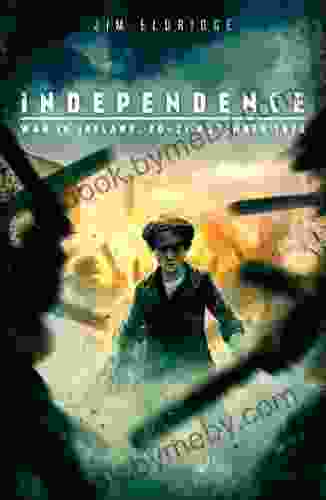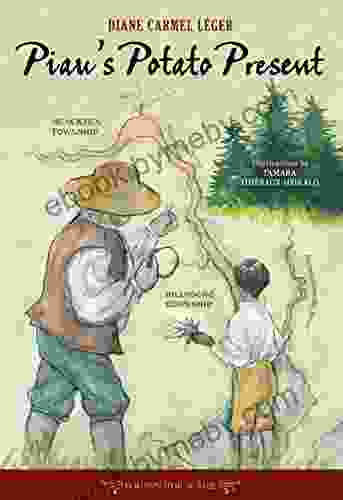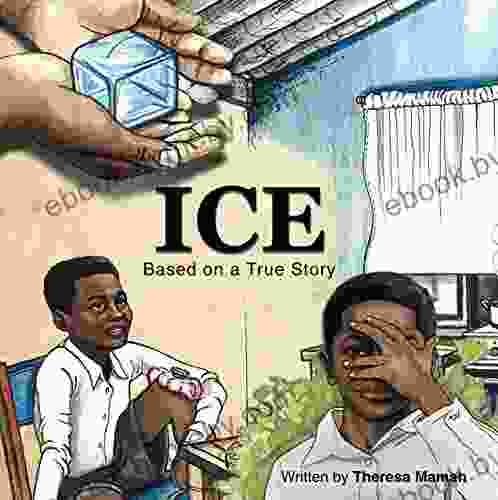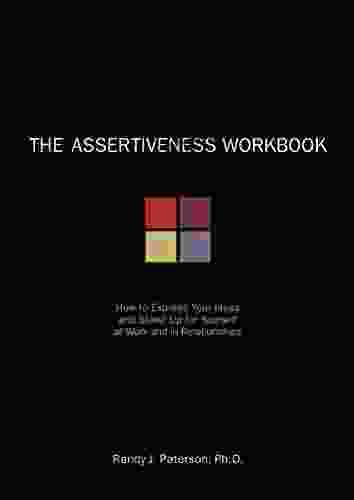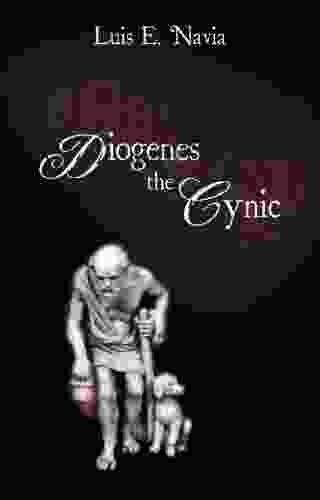The Irish War of Independence: A Pivotal Moment in History

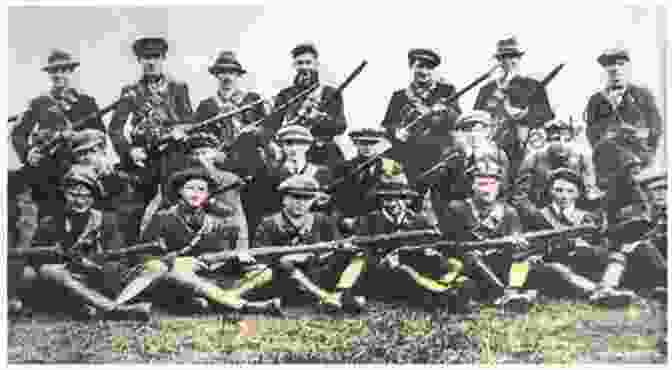
4.3 out of 5
| Language | : | English |
| File size | : | 4257 KB |
| Text-to-Speech | : | Enabled |
| Enhanced typesetting | : | Enabled |
| Word Wise | : | Enabled |
| Print length | : | 68 pages |
| Screen Reader | : | Supported |
The Irish War of Independence, a conflict that spanned from 1919 to 1921, marked a watershed moment in Ireland's long struggle for independence from British rule.
One of the most significant episodes of the war occurred between November 20-21, 1920. Known as "Bloody Sunday," this day saw a series of coordinated attacks by the British forces on the Irish Republican Army (IRA),culminating in the deaths of 14 civilians and the wounding of many more.
Bloody Sunday was a turning point in the war, galvanizing Irish public opinion and leading directly to the Anglo-Irish Treaty that ended the conflict in 1921.
Prelude to Bloody Sunday
The Irish War of Independence was sparked by the British government's refusal to grant Home Rule to Ireland. Home Rule would have given Ireland a degree of self-government within the United Kingdom.
In response to the British government's intransigence, the IRA launched a guerrilla campaign against British forces in Ireland. The IRA used hit-and-run tactics, targeting British military and police personnel.
The British government responded by sending in reinforcements to Ireland, including the infamous Black and Tans. The Black and Tans were a paramilitary force known for their brutality and heavy-handed tactics.
Bloody Sunday
On November 20, 1920, a group of IRA volunteers ambushed a British military convoy in Dublin, killing 12 soldiers. In retaliation, the British forces launched a series of raids on IRA safe houses.
The following day, November 21, 1920, the British forces raided a Gaelic football match at Croke Park in Dublin. The match was attended by over 5,000 people.
The British forces opened fire on the crowd, killing 14 civilians and wounding 65 others.
Aftermath of Bloody Sunday
Bloody Sunday was a watershed moment in the Irish War of Independence. The massacre of civilians by British forces galvanized Irish public opinion against the British government.
In the aftermath of Bloody Sunday, the IRA launched a series of reprisal attacks on British forces. The British government responded by imposing martial law in Ireland.
The war continued for another year, but the British government eventually realized that it could not defeat the IRA militarily. In December 1921, the British and Irish governments signed the Anglo-Irish Treaty, which granted Ireland dominion status within the British Commonwealth.
The Irish War of Independence Today
The Irish War of Independence is a pivotal moment in Irish history. It was a bloody and divisive conflict, but it ultimately led to Ireland's independence from British rule.
Today, the Irish War of Independence is remembered as a time of great sacrifice and heroism. It is a reminder of the Irish people's determination to be free.
Learn More About the Irish War of Independence
If you are interested in learning more about the Irish War of Independence, there are a number of resources available.
The National Museum of Ireland has a permanent exhibition on the war. There are also a number of books and documentaries available on the subject.
One of the most comprehensive books on the war is "The Irish War of Independence" by Tim Pat Coogan. This book provides a detailed account of the war, from its origins to its .
Another excellent resource is the documentary "The Irish Revolution" by Ken Burns. This documentary provides a sweeping overview of the war, from the Easter Rising of 1916 to the Anglo-Irish Treaty of 1921.
We hope that this article has given you a brief overview of the Irish War of Independence. We encourage you to learn more about this important period in Irish history.
4.3 out of 5
| Language | : | English |
| File size | : | 4257 KB |
| Text-to-Speech | : | Enabled |
| Enhanced typesetting | : | Enabled |
| Word Wise | : | Enabled |
| Print length | : | 68 pages |
| Screen Reader | : | Supported |
Do you want to contribute by writing guest posts on this blog?
Please contact us and send us a resume of previous articles that you have written.
 Book
Book Novel
Novel Page
Page Chapter
Chapter Text
Text Story
Story Genre
Genre Reader
Reader Library
Library Paperback
Paperback E-book
E-book Magazine
Magazine Newspaper
Newspaper Paragraph
Paragraph Sentence
Sentence Bookmark
Bookmark Shelf
Shelf Glossary
Glossary Bibliography
Bibliography Foreword
Foreword Preface
Preface Synopsis
Synopsis Annotation
Annotation Footnote
Footnote Manuscript
Manuscript Scroll
Scroll Codex
Codex Tome
Tome Bestseller
Bestseller Classics
Classics Library card
Library card Narrative
Narrative Biography
Biography Autobiography
Autobiography Memoir
Memoir Reference
Reference Encyclopedia
Encyclopedia Mike Thaler
Mike Thaler Karen Shepley
Karen Shepley Paul Brummell
Paul Brummell Kate Jones
Kate Jones Ronni Lundy
Ronni Lundy Mike Fischer
Mike Fischer Kamala Harris
Kamala Harris Matt Morris
Matt Morris Kay Matthews
Kay Matthews Thomas G Thrum
Thomas G Thrum Kayleigh Mcenany
Kayleigh Mcenany Julien Telo
Julien Telo Joan Holub
Joan Holub Kathleen Karr
Kathleen Karr Tom Blakemore
Tom Blakemore Katy Duffield
Katy Duffield Katie Ellison
Katie Ellison Robert W Sussman
Robert W Sussman Kathryn Leigh Scott
Kathryn Leigh Scott Victoria L Dunckley
Victoria L Dunckley
Light bulbAdvertise smarter! Our strategic ad space ensures maximum exposure. Reserve your spot today!

 Clark BellKathy Smith Lift Weights To Lose Weight: Transform Your Body and Achieve Your...
Clark BellKathy Smith Lift Weights To Lose Weight: Transform Your Body and Achieve Your...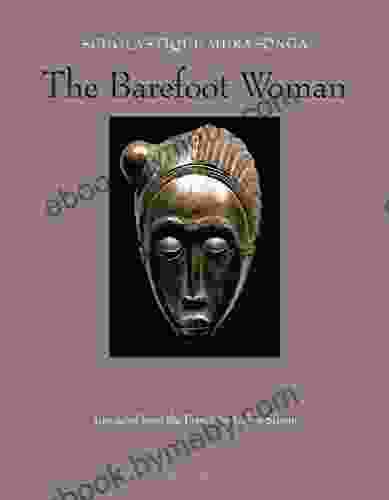
 Hayden MitchellThe Barefoot Woman: A Haunting Tale of Survival and Healing from the Rwandan...
Hayden MitchellThe Barefoot Woman: A Haunting Tale of Survival and Healing from the Rwandan... Juan ButlerFollow ·4.6k
Juan ButlerFollow ·4.6k Corbin PowellFollow ·4.1k
Corbin PowellFollow ·4.1k Joseph FosterFollow ·16k
Joseph FosterFollow ·16k Stanley BellFollow ·14k
Stanley BellFollow ·14k Alan TurnerFollow ·8.8k
Alan TurnerFollow ·8.8k Keith CoxFollow ·8.9k
Keith CoxFollow ·8.9k Clark BellFollow ·13.2k
Clark BellFollow ·13.2k Ernest J. GainesFollow ·4.8k
Ernest J. GainesFollow ·4.8k

 George Orwell
George OrwellPandemic with Dogs: Two Essays
By Susannah Charleson In the midst of...
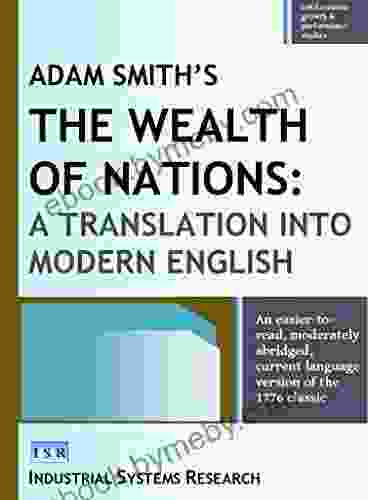
 Leo Mitchell
Leo MitchellAdam Smith's The Wealth of Nations: A Classic Treatise on...
Adam Smith's The...
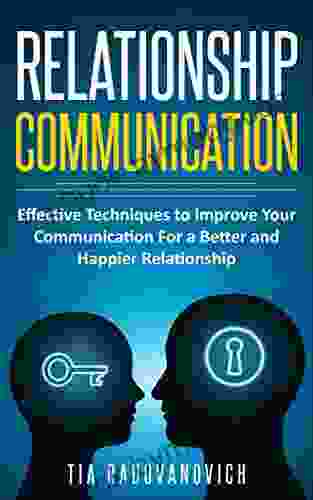
 Cade Simmons
Cade SimmonsUnlock Your Communication Potential: Effective Techniques...
Communication is a fundamental...
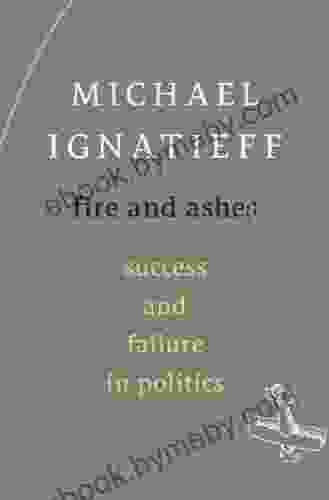
 Floyd Richardson
Floyd RichardsonFire and Ashes: Success and Failure in Politics
Fire and Ashes: Success and...

 Oliver Foster
Oliver FosterUnlock the Enchanting Mystery of Ken Follett's "The Key...
Embark on a captivating literary journey into...
4.3 out of 5
| Language | : | English |
| File size | : | 4257 KB |
| Text-to-Speech | : | Enabled |
| Enhanced typesetting | : | Enabled |
| Word Wise | : | Enabled |
| Print length | : | 68 pages |
| Screen Reader | : | Supported |


